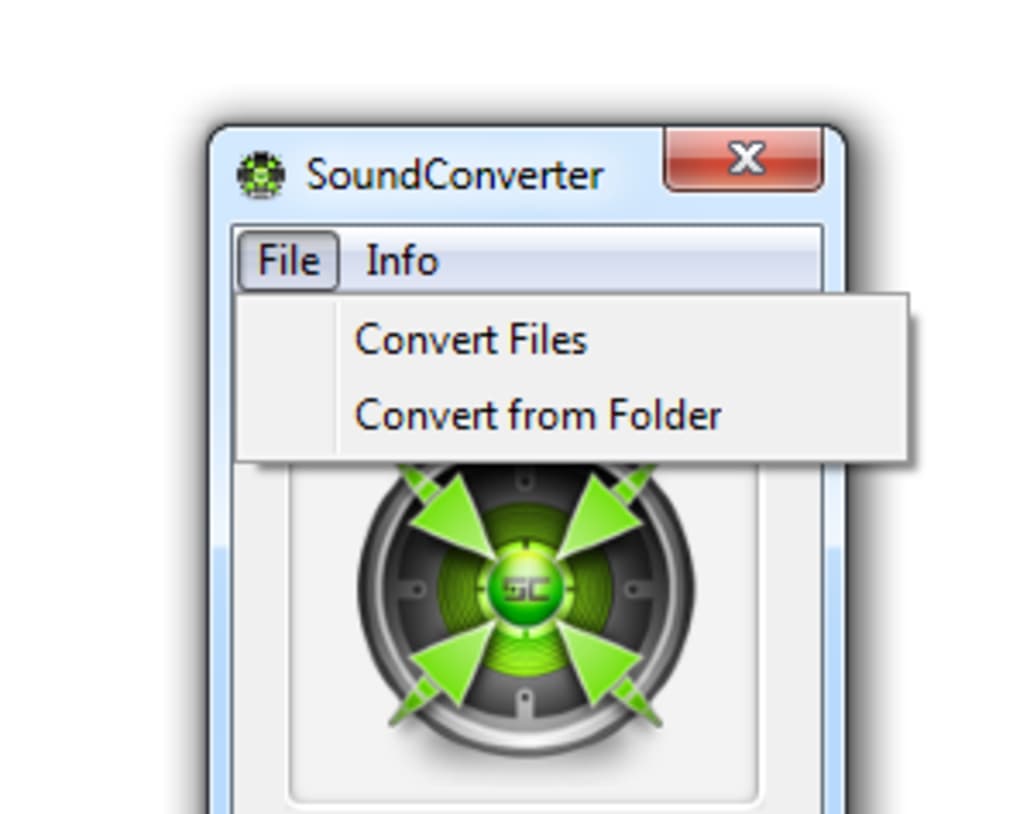

The diastolic PAP may be estimated by using the same equation on the pulmonic regurgitant jet or by transposing the pulmonary opening time on the tricuspid regurgitant velocity curve and calculating the pressure gradient between the RA and the RV.

By measuring the maximum TR velocity and using a modified Bernoulli equation, the systolic PAP may be estimated. A normal IVC collapses more than 50% with inspiration and is associated with a RA pressure less than 10 mmHg.

For example, the diameter and collapsibility of the inferior vena cava (IVC) in the subcostal view may be used to estimate RA filling pressure. In this case, the RV responds with an increase in contractility and end-diastolic volume, but does not have time for the adaptations that are seen in chronic RVF to occur, and quickly fails when unable to generate enough pressure to maintain flow.Īll of the hemodynamic variables measured during invasive right heart catheterization (RHC) may be estimated using echocardiography. This differs from the response of the RV to an acute increase in afterload, such as that seen with an acute PE.
Soundconverter pc rvf tv#
This is accompanied by rising filling pressures, decreased contractility, loss of synchronicity as the RV becomes more spherical, and dilatation of the TV annulus resulting in poor coaptation of the valve leaflets and functional tricuspid regurgitation (TR). The TR worsens the RV volume overload, RV enlargement (RVE), wall stress, contractility and cardiac output. This, however, is not enough to normalize wall stress, and subsequently, dilatation occurs. As PAP continue to rise, the RV myocardium begins to hypertrophy, and RV stroke volume (SV) is maintained. In the early stages of PAH, the RV responds to elevated pulmonary arterial pressures (PAP) by increasing contractility, with little to no change in RV size. In adulthood, however, the ability of RV to tolerate a chronic increase in afterload, such as that seen in PAH, is poor. For example, in childhood, when confronted with congenital pulmonic stenosis, fetal right ventricular hypertrophy (RVH) persists and allows the RV to compensate for the increase in afterload. The nature, severity, chronicity, and timing (in utero, childhood or adulthood) each play a role in how the RV responds to an increased load. The response of the RV to a pathologic load is complex. Each of these has important clinical implications, and RVF for any reason is a strong prognostic indicator. RV function is affected by atrial contraction, heart rate, and synchronicity. For this reason, the RV is less susceptible to ischemic insults, and increases in oxygen demand are met via increases in coronary flow as is the case in PAH or increased oxygen extraction which occurs with exercise. Coronary blood flow to the RV is lower, as is oxygen extraction. Like the LV, contraction of the RV is preload dependent at normal physiologic filling pressures, and excessive RV filling can result in a shift of the septum towards the LV and ventricular interdependence causing impaired LV function.īecause of lower right-sided pressures and wall stress, the oxygen requirement of the RV is lower than that of the LV. The thinner RV is also more sensitive to the pericardial constraint. This is evident in patients with pulmonary arterial hypertension (PAH), pulmonary embolism (PE), mitral valve disease with secondary pulmonary hypertension (PH), and the adult respiratory distress syndrome (ARDS). It is compatible with many formats, and it is very easy-to-use, which makes it a good option for many users.Because the RV is substantially thinner than the LV with lower elastance, the RV is much more susceptible to increases in afterload. A modest change in PVR may result in a marked decrease in RV stroke volume. SoundConverter is the perfect tool to convert between audio formats.

The list is long, just like the output file format list. You will be able to convert file batches and even convert tags: some of the supported files are APE, MPC, MPEG, MP3, and OGG to name a few.Īs an audio input format, SoundConverter accepts AAC, AIFF, AMR, AU, FLAC, WAV, and WMA. You will only have to drag the files to the program's interface and specify the conversion's characteristics in the options menu. It will be difficult for you to find a format that isn't supported by this software, with the sole exception of the files that have DRM protection. SoundConverter is a simple and effective audio file converter compatible with a large number of formats, whether input or output files. Or isn't it very common to find incompatibilities with this kind of files? An audio format converter is a tool that you should always have on your computer.


 0 kommentar(er)
0 kommentar(er)
